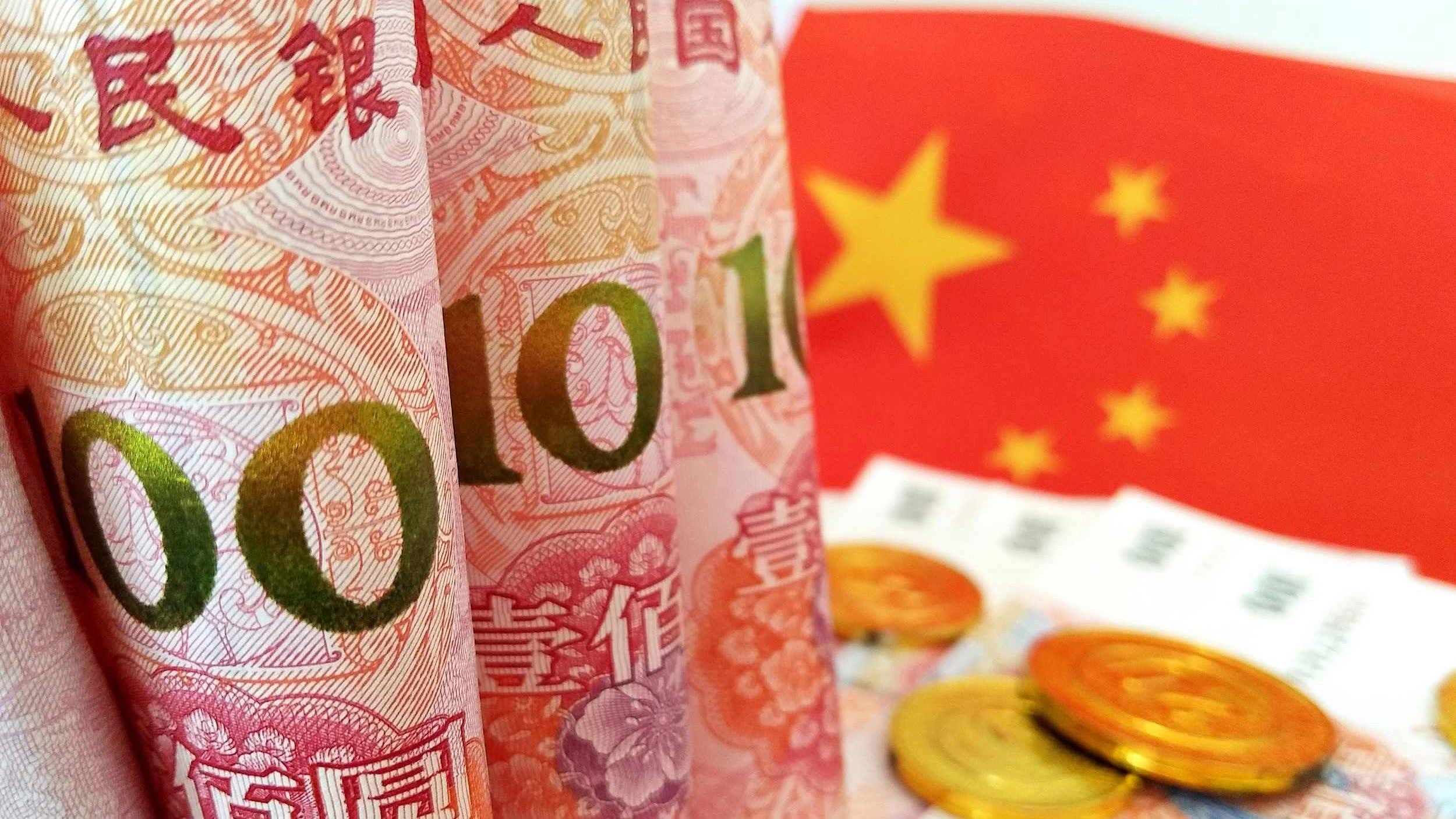
Opinions
15:04, 14-Aug-2017
Opinion: US Trade Act won't impede China's progress
By Mei Xinyu from China Daily

US President Donald Trump will sign an executive memorandum on Monday authorizing the US trade representative to determine whether to investigate China's intellectual property and trade practices, which could pave the way for Trump to use Section 301 of the Trade Act of 1974 to impose tariffs on Chinese goods and eventually trigger a trade war.
And the inquiry the US administration has ordered into China's trade policies, if carried out, could intensify tensions, especially on intellectual property rights.
Section 301 authorizes the US president to impose trade sanctions on countries that are judged to have violated trade agreements or engaged in unfair trade practices. Since 1989, the US has issued a Special 301 Report every year, focusing on intellectual property rights. The US Trade Representative put China on the "Priority Watch List" in 1989, and ramped up pressure on "intellectual property rights protection" since then.
In the next two decades, the US Trade Representative launched many investigations into Chinese companies. Despite that, the Chinese economy has developed robustly.

China's exports and imports in the first months continued the stabilizing and upturning trend from the second half of last year. /CFP Photo
China's exports and imports in the first months continued the stabilizing and upturning trend from the second half of last year. /CFP Photo
According to International Monetary Fund data, China's nominal GDP (gross domestic product) in 1989 was 461.10 billion US dollars and that of the US 5.66 trillion US dollars, or 11.39 times that of China. And China's GDP based on purchasing power parity in 1989 was 1.04 trillion US dollars, compared with the US's 5.66 trillion US dollars.
When a Special 301 investigation against China was launched in 1991, China's nominal GDP was 415.60 billion US dollars and the US's 6.17 trillion US dollars, which was 14.86 times that of China. And China's GDP based on purchasing power parity was 1.26 trillion US dollars and the US's 6.17 trillion US dollars, or five times that of China.
But last year, China's nominal GDP reached 11.39 trillion US dollars, with the US's being 18.56 trillion US dollars, just 1.63 times that of China. But more importantly, China surpassed the US in terms of PPP-based GDP - 21.27 trillion US dollars compared with 18.56 trillion US dollars. In percentage terms, the US's purchasing power parity-based GDP was about 87 percent of China's.
On the foreign trade front, China's import-export structure used to be unbalanced - a large percentage of the exports were primary products and imports mainly comprised manufactured goods.
But by the time the US launched investigations into Chinese companies based on the Special 301 clause in 1990, China's exports of manufactured products (46.20 billion US dollars) exceeded its imports (43.50 billion US dollars) for the first time, with the overall trade balance turning from a deficit of 6.6 billion US dollars to a surplus of 8.74 billion US dollars. China has generally maintained a trade surplus since then.

China has gradually developed into the largest exporter of manufactured goods and the largest importer of primary products. Last year, it exported about 2.09 trillion US dollars' worth goods, about 10 times more than in 1989.
Apart from having a balanced import-export structure and a trade balance, China has climbed up the international value chain with its share of the global market increasing from only 0.9 percent in 1948 to 14.2 percent in 2015, about twice that of the US.
And that China made these achievements even as the US continued using the Special 301 clause of the Trade Act of 1974 shows that those investigations have had limited impact on the economic development of China. China has become the world's largest manufacturing economy and the largest exporter, and has the largest foreign exchange reserves. Therefore, the use of Section 301 by the US will not have much impact on China's progress toward stronger economic development and a better future.
(This piece was originally published in China Daily. The author is a researcher at the International Trade and Economic Cooperation Institute of the Chinese Ministry of Commerce. The article reflects the author’s opinion, and not necessarily the view of CGTN.)
Source(s): China Daily

SITEMAP
Copyright © 2018 CGTN. Beijing ICP prepared NO.16065310-3
Copyright © 2018 CGTN. Beijing ICP prepared NO.16065310-3